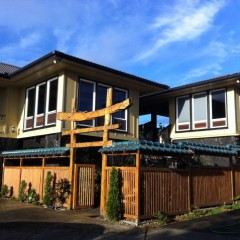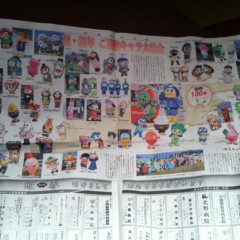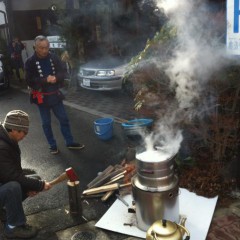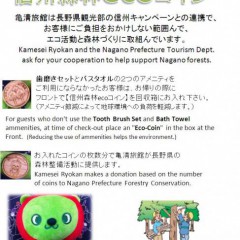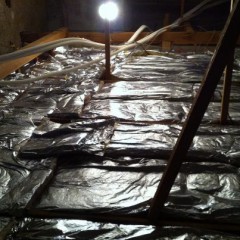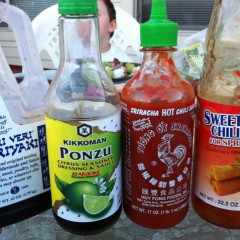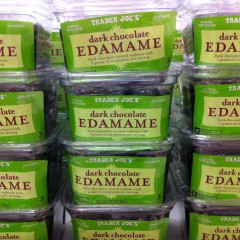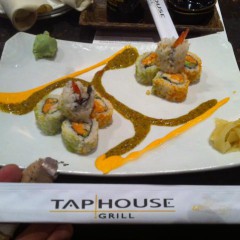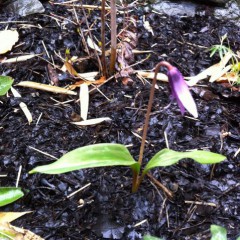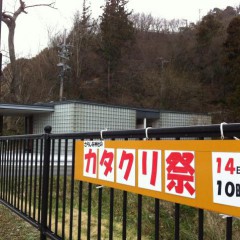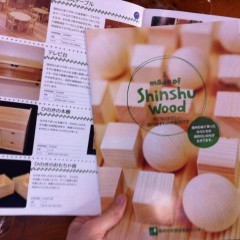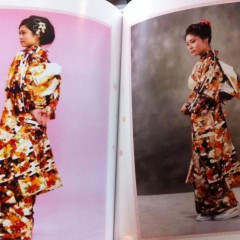
Daughter and ... Mother
私達欧米人に日本の「着物」はものすごく魅力があります。着物の世界が奥深い;
知れば知るほど感心します。
色、模様、形、帯の結び方、素材、着る規則など等
夕べは上山田神楽保存会の新年会でした。日本酒を飲みすぎる前にメンバーの清水さんが娘の成人式の写真アルバムを見せてくれた。娘さんの木蓑の姿が素晴らしかった;上田城や生島足島神社の背景で、素敵な絵になりました。
アルバムの最後は娘さんの決まりポーズ(左)と、同じ着物を着ているそっくり方の同じポーズ(右)。清水さんご本人の30年(?)前の成人式写真。
親子、同じ年、同じポーズ。
同じ着物。
時代が変わっても、新鮮に見える。
着物の特徴の一つは背の高さの調整が出来る事。(という事は、うちの美咲ちゃんはきっとお母さんより背が伸びるけど、成人式の時にお母さんの時に着物を着れるのかな?)
日本の着物。背の高さを越える。時代を超える。親子をつなぐ。
感心します。
欧米では一番近いのはウェディングドレスなのかな?うちのお母さんは息子三人だけだったから娘に自分のドレスを着てもらう夢は実現できなかった。でも、そういう習慣があるそうです。
One thing that I think most Westerners find fascinating about Japan is the kimono. And the more I learn about kimonos, the more I realize there is to know. The colors, patterns, styles, obi tying, formalities, etc.
Last night, at our Okagura lion dance 'new year' banquet, before imbibing way too much sake', our lone female member Shimizu-san showed me the photo album for her daughter's coming-of-age celebration. Her daughter was wearing a stunning kimono that was only enhanced by the backdrop of the photo locations, Ueda Castle and Ikushima Tarushima Shrine. The last two pictures took my breath away. The left one: her daughter striking an alluring pose. The right one, someone bearing a similar resemblance in the same kimono and the same pose. It was Shimizu-san herself, for her coming-of-age celebration 30 (?) years ago.
That a kimono can be worn by a mother and daughter and be as just as visually appealling despite the difference in the generations is simply amazing.
Perhaps the only thing that can come close to comparing in western culture is the wedding dress. My mother probably kept her wedding dress to pass on to a daughter but unfortunately only had us 3 sons. But I think there is somewhat of a tradition like that for wedding dresses.
